
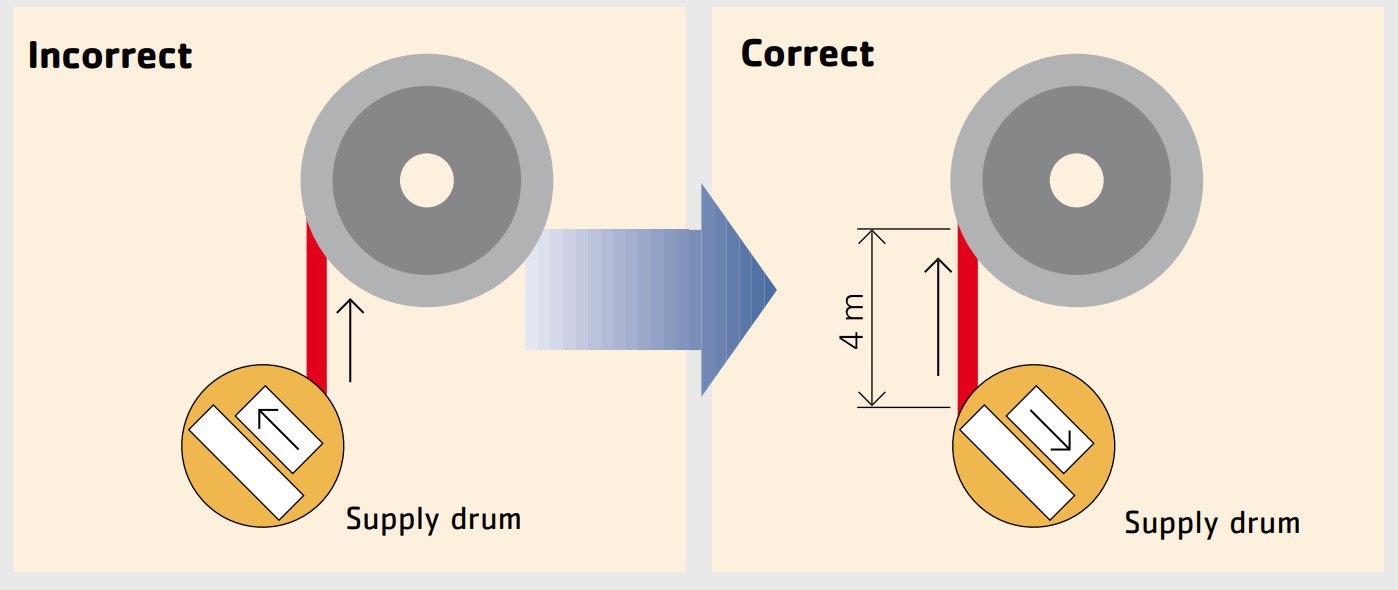
When it comes to reeling cables, ensuring their durability and reliability is critical, especially in environments like cranes and material handling equipment. These cables undergo significant mechanical stress during their operation, so it's essential to conduct thorough tests to guarantee their long-term performance.
One of the most crucial tests is the bending test, which simulates the real-world conditions the cables will face. This article will provide a detailed guide on the Reeling Cable Bending Test Procedure, giving you the knowledge you need to ensure your cables are up to the task.
The primary objective of the bending test is to evaluate the mechanical flexibility and resilience of the reeling cable. The test simulates the bending, flexing, and torsional forces that the cable will experience during everyday operation. By conducting this test, we can ensure that the cable can withstand repeated stress without compromising its electrical performance or structural integrity.
In industrial applications, particularly in cranes and material handling equipment, the cables are constantly exposed to dynamic movements. The bending test is designed to simulate these conditions, testing the cable's ability to function effectively over thousands of bending cycles.
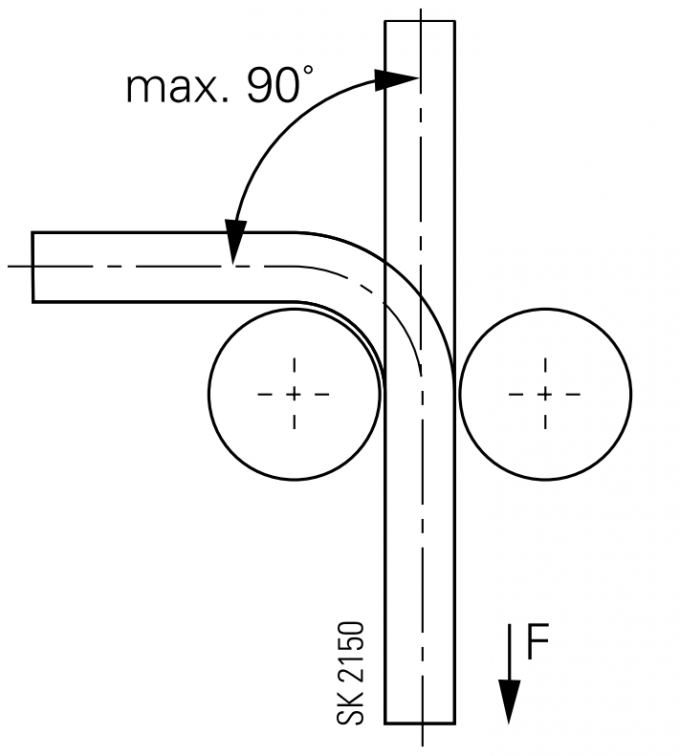
To ensure the reliability and flexibility of reeling cables, several types of mechanical tests are performed. These tests focus on tensile loads, bending radii, and service characteristics under varying stress conditions. Let's look at some of the essential tests:
This test is based on DIN VDE 0281, Part 2 and focuses on testing the cables under increased load conditions. The test applies to cables with a diameter of up to 50 mm and can handle a maximum tensile load of 3000 N. Each movement from one extreme position to the other (180°) counts as a cycle.
The purpose of this test is to ensure that the cable can handle repeated bending without sustaining any damage to the conductors or sheath. For instance, if the cable undergoes continuous bending while in operation, it must maintain its integrity without significant wear.
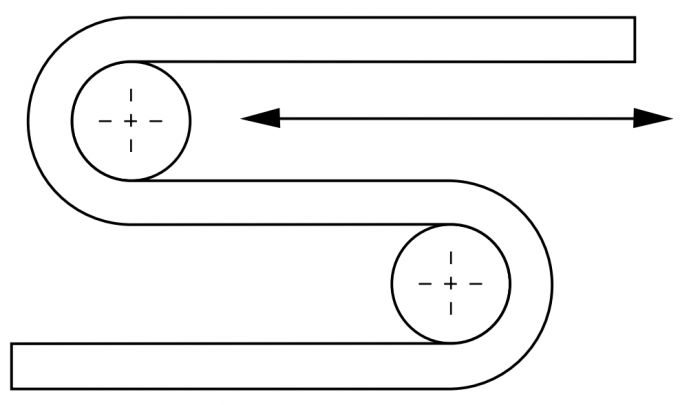
This test examines the roller bending characteristics of flexible cables based on DIN VDE 0282, Part 2. Cables with diameters of up to 50 mm are subjected to movements between two extreme positions, with each movement counted as one cycle. The test measures how well the cable can flex when subjected to roller-based operations.
The roller bending test is essential for cables used in cranes, where they experience frequent flexing around rollers during lifting and lowering operations. Proper execution of this test ensures that the cable can withstand repetitive movements over time without losing flexibility.
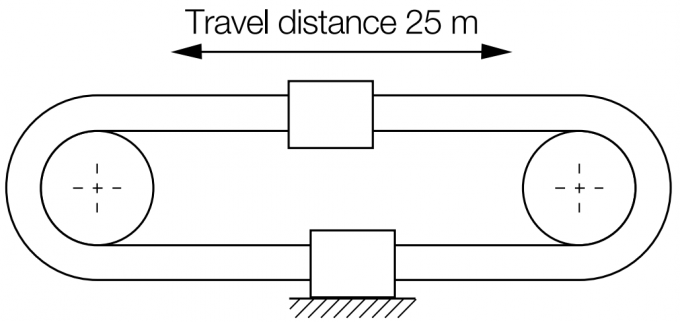
This is a practice-oriented test that evaluates the running and service characteristics of flexible cables. It focuses on cables with diameters ranging from 20 mm to 60 mm. As with the previous tests, each movement between extreme positions counts as one cycle.
The roller bending test type B closely mimics real-world conditions, providing a more accurate representation of how the cable will perform in actual applications. It helps in identifying any potential weak points that could develop over time due to continuous movement.
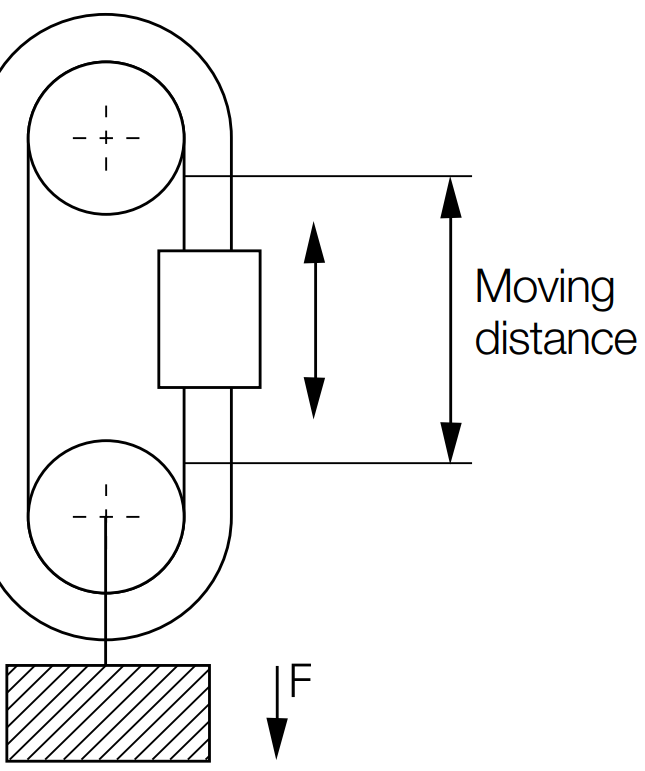
This test is designed to evaluate the flexing characteristics of flexible electric cables. It applies to cables with diameters ranging from 60 mm to 120 mm. The test measures the cable’s ability to handle flexing movements over a moving distance of 2 meters.
The flexing test is particularly important for cables used in applications where they are frequently bent and twisted. This test ensures that the cable can maintain its performance even when subjected to continuous flexing over extended periods.
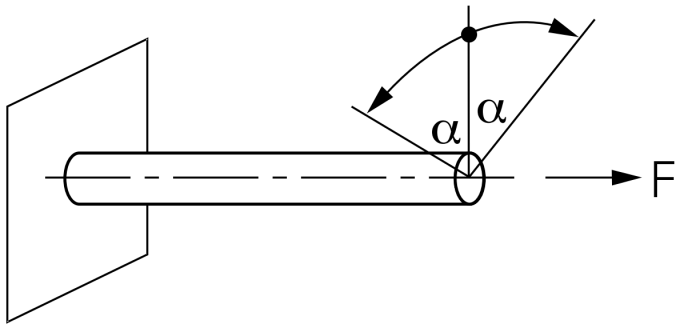
In this test, the cable is alternately twisted to the left and right through an angle of ± 360°. The maximum torsional torque applied is 200 Nm, with a maximum tensile force of 4000 N. The purpose of this test is to determine how well the cable can withstand torsional stress without sustaining damage.
In applications such as material handling equipment, cables often experience torsional forces as they twist and turn during operation. The torsional stress test ensures that the cable can handle such forces without compromising its structural integrity.
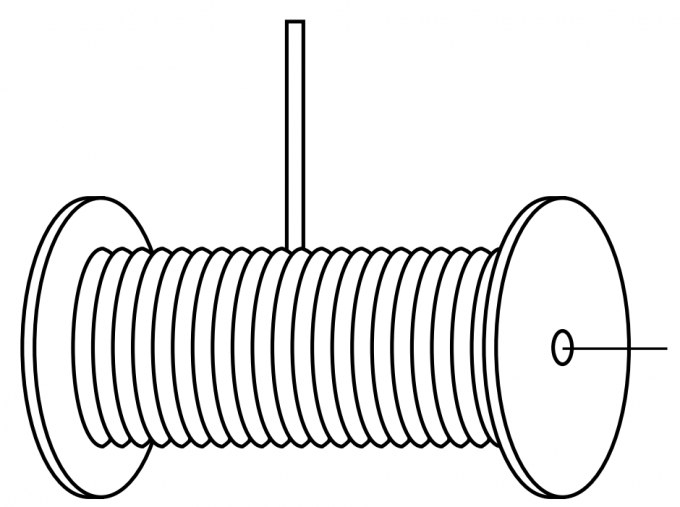
The reeling test simulates the process of reeling and unreeling the cable, a common operation in cranes and other industrial equipment. The test is performed on cables with diameters of up to 25 mm, with each reeling or unreeling operation counted as a cycle. The length of the reeled cable is 8 meters.
This test is essential for ensuring that the cable can be repeatedly reeled and unreeling without experiencing significant wear or damage. It mimics the conditions the cable will face during everyday operations, ensuring its longevity and performance.
In addition to the bending tests, several other parameters are tested to ensure the cable's durability:
Tensile loads: The maximum force applied to the cable without causing any deformation or breakage.
Bending and sheave radii: The minimum allowable radius for bending the cable without damaging the internal structure.
Number of cycles: The total number of cycles the cable can undergo before any failures, such as broken wires, occur.
Passing these tests requires that the cable meets the minimum required tensile loads and achieves the specified number of cycles without significant deformation or breakage.
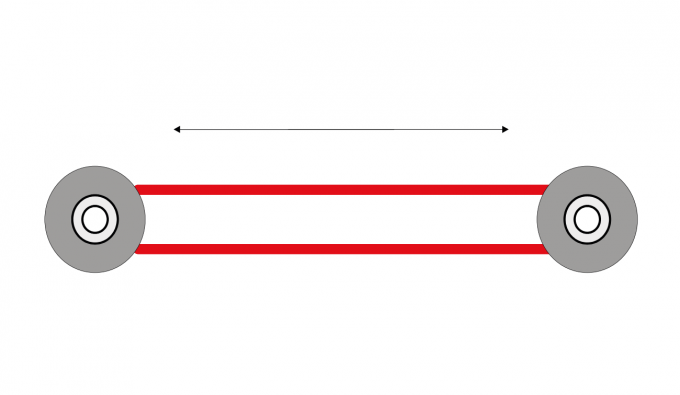
Conducting thorough bending tests ensures that your cables will be able to endure the harsh conditions of industrial environments. Cables in cranes, material handling equipment, and other heavy-duty applications are exposed to continuous flexing, torsion, and bending. If they are not tested properly, there’s a risk of premature failure, leading to downtime and increased maintenance costs.
By performing these tests, manufacturers can guarantee that their cables meet the required standards and perform well even under extreme conditions. This ensures safety, reliability, and long-lasting performance for the end users.
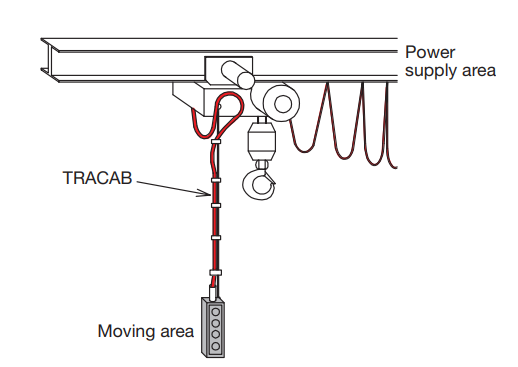
After passing the bending tests, proper installation of the reeling cable is crucial to ensuring its long-term performance. Follow these key guidelines to maximize the cable’s durability:
Avoid sharp bends: Ensure that the cable is not bent beyond its minimum bending radius, as this can cause internal damage.
Correct direction of winding: When reeling the cable, always start from the correct side (left or right) based on the cable type to avoid unwanted torsion.
Strain relief: Use proper strain relief methods to prevent excessive force on the cable during operation.
Regular maintenance: Inspect the cable regularly for signs of wear, such as cracks in the insulation or exposed wires.
By following these guidelines and conducting thorough bending tests, you can ensure that your reeling cables perform well under even the most demanding conditions.
The Reeling Cable Bending Test Procedure is a critical step in ensuring the reliability and durability of reeling cables used in industrial applications. By conducting a series of rigorous tests, manufacturers can guarantee that their cables meet the highest standards and perform effectively even in harsh environments.
Whether you're using cables in cranes, material handling equipment, or other industrial applications, understanding and following proper testing procedures is essential for ensuring safety, performance, and longevity.
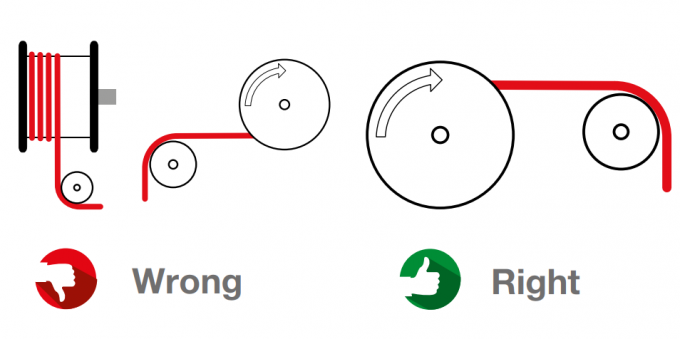
By keeping a close eye on the results of these tests, you can make sure that the cables you install are ready to handle the challenges of real-world operations. With high-quality cables that pass these stringent tests, you can reduce downtime, minimize maintenance costs, and ensure smooth operations in your facility.